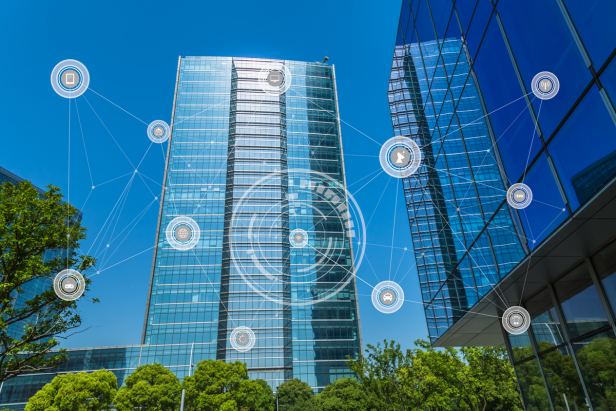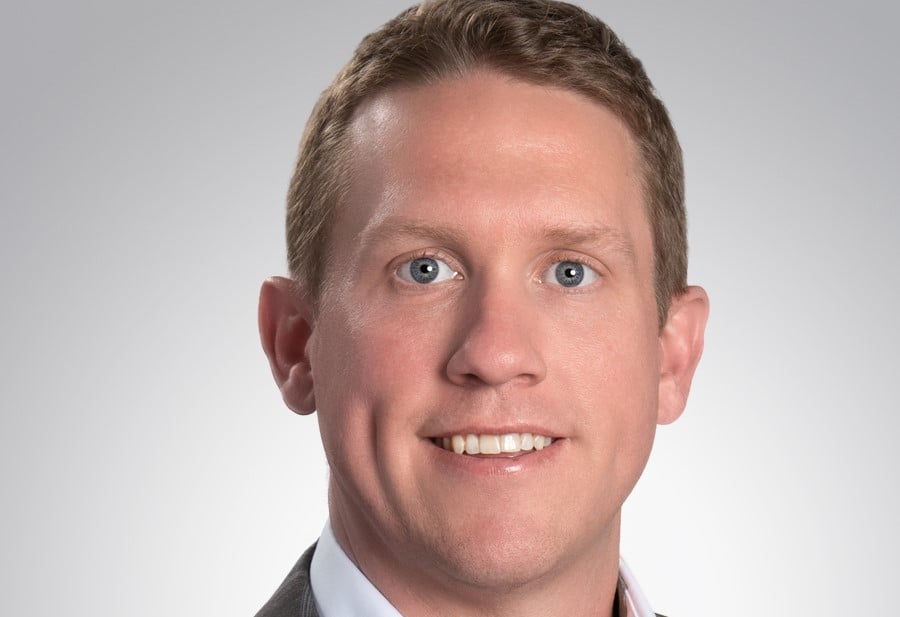Property and casualty insurer UPC is working with CAPE Analytics for access to geospatial analysis and predictive property analysis.
"CAPE will enable UPC to leverage predictive property data to continually assess risk on a per-property basis," a company release said. "In implementing CAPE's geospatial analytics across its underwriting workflows, UPC has achieved stability and sustainability amid challenging market conditions such as supply chain-induced inflation."
The geospatial analysis rests on two technologies. One is computer vision, which is the use of varying types of scanners—whether in normal visible light or using infrared sensors that can often show aspects of an object that would otherwise be invisible. That type of thermal imaging is already in common use with buildings.
Recommended For You
The other foundational technology is machine learning. A form of artificial intelligence (AI), machine learning is a set of techniques for recognizing and learning patterns and then improving the performance over time with more examples and experience.
One type might identify into what category some information, which can be visual, fits. Is this picture one of a roof that is damaged or one that is sound? Humans take hundreds or maybe thousands of example cases, label each with the proper answer, and then run them through the computer. Correction keeps happening and the computer gets better at identifying what human users are looking for.
"Today, UPC uses CAPE's property vulnerability and attribute data, including valuable insights such as CAPE's proprietary Roof Condition Rating, roof shape, solar panel and pool presence, yard debris, tree coverage and more," the release says. "This powerful alternative to traditional property data sets allows UPC to accelerate underwriting and better mitigate risk."
There are two major ways a P&C company could use such technology. One would be to identify potential problems in advance. Are there trees that might fall onto a roof? Is there a pool that could represent a potential liability?
The other way is after damage happens, using a machine-driven visual analysis to help determine what might need to be done to a house. As UPC specializes in coastal states, it has to deal with aftermaths of such natural disasters as hurricanes, tornados, and floods. After an event, there could be many policy owners looking for compensation. Remote imagery and machine learning would at least provide an initial level of analysis to reduce the number of in-person assessments by appraisers.
In an era of greater institutional interest in single-family rentals or other types of less aggregated properties, like cold storage or industrial outdoor storage, using geospatial data could help form a first degree of due diligence for investments.
© Touchpoint Markets, All Rights Reserved. Request academic re-use from www.copyright.com. All other uses, submit a request to [email protected]. For more inforrmation visit Asset & Logo Licensing.






